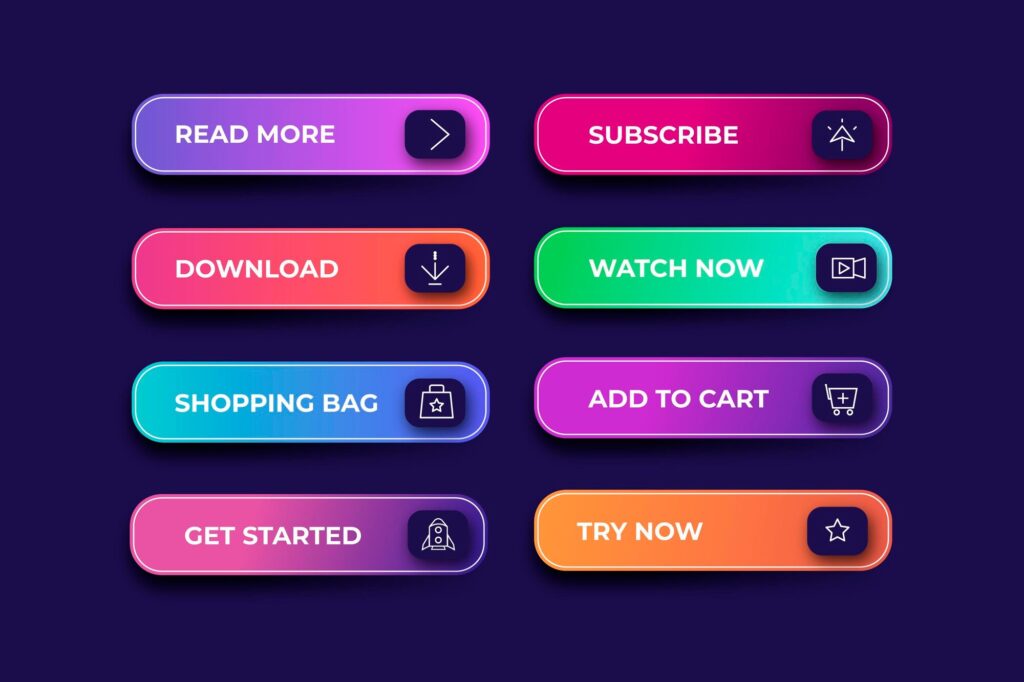10 Expert Tips for Choosing the Best SEO-Friendly Web Design for Your Business.
In today’s digital-first world, your website isn’t just a virtual storefront—it’s the foundation of your online presence. A well-designed, SEO-friendly website ensures you’re visible to your target audience and leaves a lasting impression. But how do you choose the right design that ticks all the SEO boxes while looking professional? This guide will walk you through 10 essential SEO tips for selecting the perfect SEO-friendly web design for your business
Image courtesy of Sebastian Svenson Unsplash
1. Prioritize Mobile Responsiveness

With over half of all web traffic coming from mobile devices, having a mobile-responsive design is non-negotiable. Google prioritizes mobile-first indexing, meaning your website’s mobile version heavily influences your rankings. Ensure your web design adapts seamlessly across all devices—smartphones, tablets, and desktops.
Think about your audience: if they can’t browse your site on their phones or tablets without issues, they’re likely to leave—and that’s a missed opportunity for business. A responsive site not only helps with SEO but also builds trust and credibility.
2. Opt for Fast Loading Speeds

Slow websites frustrate users and harm your SEO rankings. Research shows that a site that takes longer than 3 seconds to load can lose up to 40% of its visitors. Choose a design optimized for speed by:
- Minimizing heavy graphics
- Compressing images
- Using efficient coding practices
Additionally, use content delivery networks (CDNs) and caching plugins to speed up loading times. Tools like Google PageSpeed Insights or GTmetrix can help identify bottlenecks in your site’s performance.
3. Simplicity Is Key
4. Use SEO-Optimized Code

Your website’s backend should be as clean as its design. Use well-structured HTML, CSS, and JavaScript to ensure search engines can crawl your site efficiently.
For example:
- Implement schema markup to provide search engines with additional context about your content.
- Ensure meta tags like title tags, meta descriptions, and canonical tags are in place.
- Avoid excessive JavaScript that might slow down crawling.
5. Leverage Header Tags Effectively
Header tags (H1, H2, H3) guide search engines and users through your content. Proper structuring ensures your website is easy to navigate and understand.
For example:
- H1: Page Title (e.g., “SEO-Friendly Web Design Tips”)
- H2: Subtopics like “Mobile Responsiveness” or “Fast Loading Speeds”
- H3: Supporting details or actionable steps under each subtopic.
Organized headers also help visually impaired users who rely on screen readers, enhancing your site’s accessibility.
6. Focus on Navigation and UX

An intuitive navigation menu keeps visitors engaged and helps them find what they’re looking for. Ensure your site has:
- A clear menu structure
- Logical internal linking
- Breadcrumb navigation
For example, a potential client looking for your SEO services shouldn’t have to dig through multiple layers to find what they need. Good UX keeps visitors on your site longer, reducing bounce rates and improving your SEO.
7. Choose an SEO-Friendly CMS
Content Management Systems (CMS) like WordPress are popular for their SEO capabilities. Opt for themes that are lightweight, customizable, and come with built-in SEO features, like Yoast SEO or Rank Math.
If your business handles e-commerce, platforms like Shopify or WooCommerce offer SEO tools to help optimize product pages, category structures, and metadata
8. Optimize Images for Search Engines
Visual elements are crucial for design, but they can impact SEO if not optimized. Use:
- Descriptive alt text for each image (e.g., “Custom web design for small businesses”)
- Compressed file formats like WebP to reduce file sizes without sacrificing quality
- Image dimensions that fit your design layout to avoid scaling issues
Well-optimized images not only enhance the user experience but also improve your chances of appearing in Google Image search results
9. Ensure Secure Connections (SSL Certificate)
Search engines favor secure websites. An SSL certificate (HTTPS) ensures your site is encrypted, protecting user data while boosting your rankings.
Visitors are more likely to trust a site with a secure connection. In fact, browsers like Chrome warn users when they’re visiting an unsecured site, which can deter potential customers
10. Include Calls-to-Action (CTAs)

While CTAs primarily drive conversions, they also play a role in keeping users engaged. Strategically place CTAs like:
- “Get a Free SEO Consultation”
- “Explore Our SEO-Friendly Web Design Services”
CTAs guide users through your site and encourage them to take meaningful actions, whether it’s signing up for a newsletter, downloading a resource, or contacting your team
Conclusion
An SEO-friendly web design is more than just aesthetics—it’s about creating a website that drives organic traffic, engages visitors, and converts them into loyal customers. By following these expert tips, you’ll ensure your site stands out in search results while providing an exceptional user experience.
At Berserk Designs, we specialize in crafting custom web solutions that enhance your online visibility and help your business grow. Whether you’re starting from scratch or need an SEO overhaul, our team is here to help.
Ready to transform your website? Contact Berserk Designs today for a consultation and take the first step toward online success!